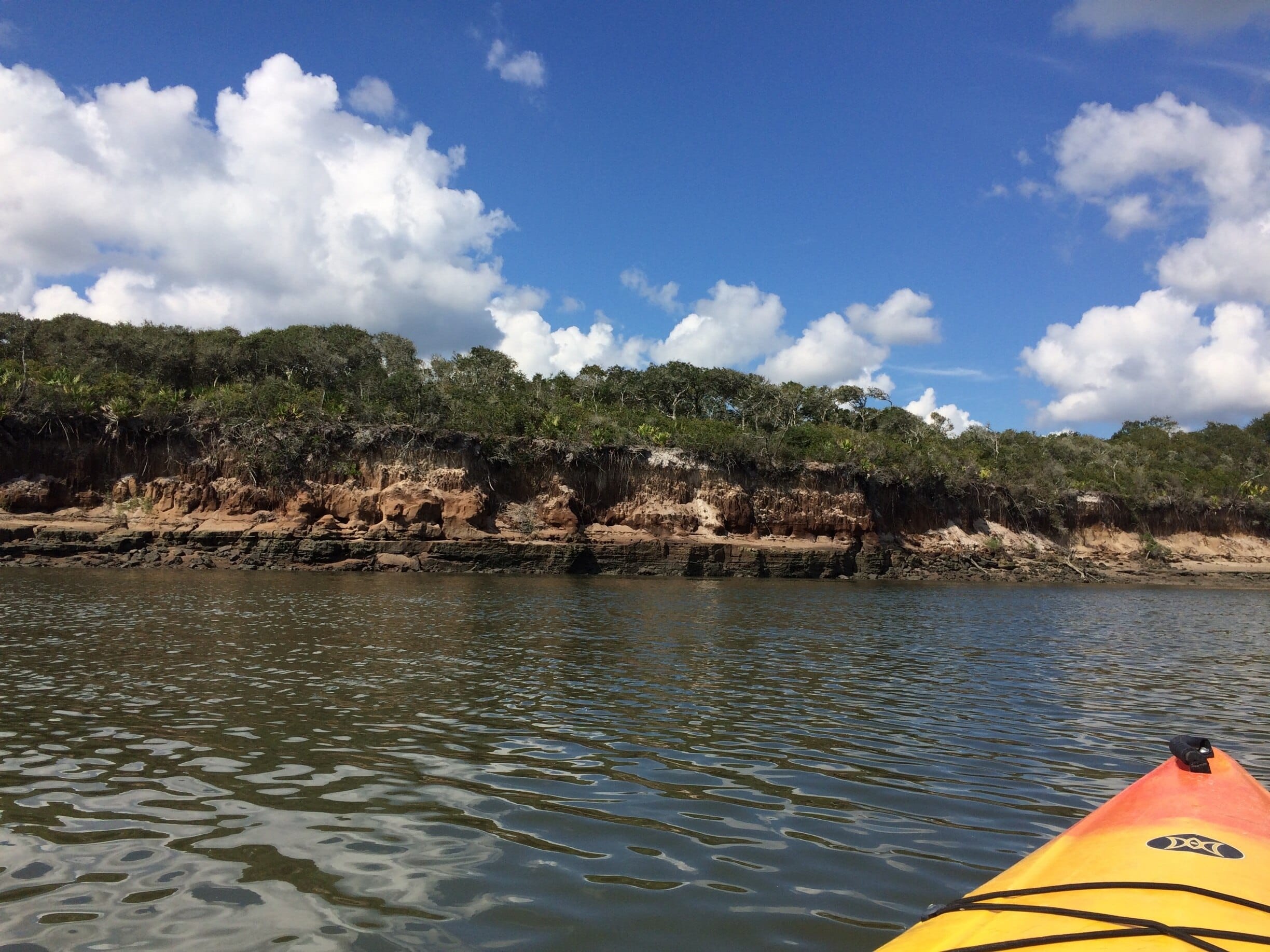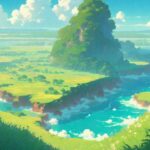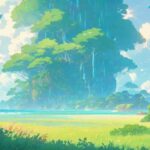Hey there, nature lovers! Get ready to journey back in time and immerse yourselves in the beauty of Florida’s Timucuan Ecological & Historical Preserve. This 46,000-acre wonderland offers a captivating blend of natural wonders and hidden histories. Our guide will lead you through the secrets and wonders of this unforgettable destination.
A Coastal Masterpiece Steeped in History
The Timucuan Ecological & Historic Preserve is more than just a pretty place; it’s a living time capsule, preserving over 6,000 years of human stories intertwined with breathtaking natural beauty. From the ancient Timucuan people to the arrival of European explorers, the preserve reveals centuries of interaction between humanity and the natural world.
Imagine yourself surrounded by untouched coastal wetlands, a haven for a dazzling array of plants and animals. Salty marshes, towering sand dunes, and lush maritime forests create a mosaic of habitats, each teeming with life. Peaceful trails wind through these diverse landscapes, offering breathtaking views and glimpses of incredible wildlife.
Unraveling the Secrets of the Past
The Timucuan Preserve is a history buff’s dream come true. Hidden within its boundaries are captivating stories waiting to be discovered.
Fort Caroline National Memorial: Step back to the 16th century and experience the struggles of early French Huguenot settlers at this evocative site.
Kingsley Plantation: This well-preserved plantation offers a poignant glimpse into the realities of plantation life, including the harsh realities of slavery and the complex story of its owner, Zephaniah Kingsley.
But don’t stop there! Dig deeper and you’ll uncover lesser-known stories that add even more depth to the preserve’s tapestry, such as the area’s strong connection to the Gullah Geechee people – descendants of enslaved Africans who have left an indelible mark on the region’s culture and traditions.
Plan Your Adventure
Ready to embark on your own Timucuan adventure? Access to this natural and historical treasure is easy and affordable – admission is free! Convenient access points throughout the preserve cater to a variety of interests, whether you’re an avid hiker, a kayaking enthusiast, or simply seeking a peaceful escape in nature. Accessibility is a top priority, ensuring everyone can experience the wonders of this incredible place.
What Happened to the Timucua People?
The story of the Timucua people is one of resilience, tragedy, and ultimately, disappearance. Once a thriving civilization numbering an estimated 200,000 individuals across what is now Florida, their world changed irrevocably with the arrival of European explorers in the 16th century.
Disease as a Weapon: European diseases, particularly smallpox, measles, and influenza, tore through the Timucua population, who had no immunity to these new illnesses. Like a wildfire, disease decimated their communities, leaving them vulnerable to further threats.
The Devastation of Enslavement: The Spanish, seeking to exploit the region’s resources, enslaved the Timucua people, forcing them to labor on plantations. This brutal practice tore families apart, disrupted their traditional way of life, and severed their connection to their ancestral lands.
Conflict and Cultural Suppression: The arrival of the Spanish also ignited conflict with neighboring Native American tribes, leading to increased warfare and further loss of life for the Timucua. To compound their suffering, the Spanish sought to erase Timucua cultural identity by forcing them into missions, suppressing their beliefs, language, and traditions in favor of Spanish culture and Catholicism.
A Vanishing Legacy: By the 1800s, after enduring centuries of disease, enslavement, warfare, and cultural suppression, the Timucua people, once a vibrant presence in the region, had effectively vanished as a distinct group.
Remembering the Timucua: Their story, though heartbreaking, is not unique. It mirrors the experiences of countless indigenous populations across the globe following European contact. The Timucua Ecological and Historic Preserve stands as a poignant reminder of their legacy, preserving a portion of their former homeland and offering a glimpse into their lost world.
How Big is the Timucuan Preserve?
The Timucuan Preserve is undeniably massive, encompassing a staggering 46,000 acres – roughly the size of 72 square miles! To put that into perspective, you could fit almost 35,000 football fields within its boundaries. It stands as one of Florida’s largest protected natural areas, showcasing the state’s commitment to preserving its diverse ecosystems.
Imagine exploring this vast expanse of dense, shady forests, hidden creeks, and sun-drenched salt marshes. The Timucuan Preserve offers endless opportunities for exploration and discovery, providing a glimpse into the “Old Florida” that has captivated generations.
Why is Kingsley Plantation Famous?
Kingsley Plantation is more than just a collection of old buildings; it’s a tangible link to a pivotal moment in American history, where visitors can confront the legacy of slavery and grapple with the complexities of the past.
Zephaniah Kingsley: A Study in Contradictions: The plantation’s fame lies partly in the story of its owner, Zephaniah Kingsley – a figure shrouded in contradiction. While he was a slave owner who profited from forced labor, he also advocated for more rights for free people of color, even fathering children with an enslaved woman whom he later freed. Kingsley’s story challenges our understanding of the period, highlighting the nuances and complexities within the institution of slavery.
A Glimpse into Plantation Life: Stepping onto the grounds of Kingsley Plantation is like stepping back in time. The main house, slave cabins, and work buildings paint a vivid picture of what daily life was like for both enslaved Africans and the Kingsley family. It’s a sobering experience that encourages reflection and understanding of this difficult chapter in American history.
A Place for Learning and Reflection: Kingsley Plantation isn’t just about the past; it’s a place where we can engage in crucial conversations about race, power, and the enduring legacy of slavery in America – conversations that continue to resonate today.
Explore Further: Uncover More Hidden Histories
As you journey through the Timucuan Preserve, consider adding these other captivating destinations to your itinerary:
- The Librarian: Return to King Solomon’s Mines: Uncover the secrets of a lost civilization in this epic adventure.
- The Lightship Frying Pan: Discover the captivating history of this unique vessel and its connection to the region’s maritime past.
Key Points of Timucuan Ecological & Historic Preserve:
- Time Capsule: Preserves over 6,000 years of human and natural history.
- Coastal Masterpiece: Untouched wetlands, sand dunes, and forests support diverse plant and animal life.
- Historical Haven: Features Fort Caroline National Memorial (Huguenot settlement) and Kingsley Plantation (plantation history).
- Affordable and Accessible: Free admission with convenient access points and accessibility options.
- Adventure Activities: Hiking, kayaking, and wildlife viewing opportunities.
- Hidden Histories: Offers lesser-known stories, including the Gullah Geechee connections.
- Local Insights: Engage with park rangers and fellow visitors for fascinating perspectives.
















